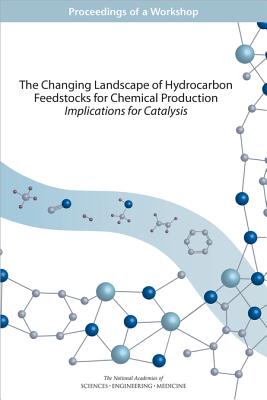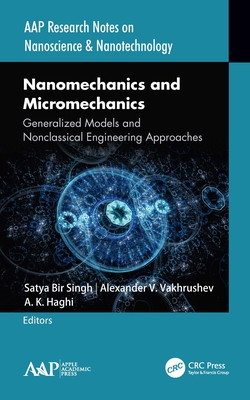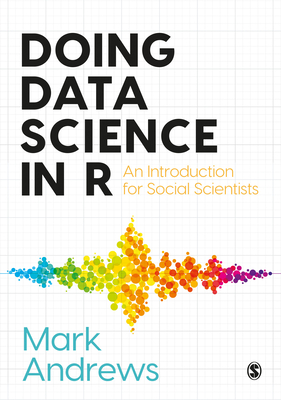A decade ago, the U.S. chemical industry was in decline. Of the more than 40 chemical manufacturing plants being built worldwide in the mid-2000s with more than $1 billion in capitalization, none were under construction in the United States. Today, as a result of abundant domestic supplies of affordable natural gas and natural gas liquids resulting from the dramatic rise in shale gas production, the U.S. chemical industry has gone from the world's highest-cost producer in 2005 to among the lowest-cost producers today. The low cost and increased supply of natural gas and natural gas liquids provides an opportunity to discover and develop new catalysts and processes to enable the direct conversion of natural gas and natural gas liquids into value-added chemicals with a lower carbon footprint. The economic implications of developing advanced technologies to utilize and process natural gas and natural gas liquids for chemical production could be significant, as commodity, intermediate, and fine chemicals represent a higher-economic-value use of shale gas compared with its use as a fuel. To better understand the opportunities for catalysis research in an era of shifting feedstocks for chemical production and to identify the gaps in the current research portfolio, the National Academies of Sciences, Engineering, and Medicine conducted an interactive, multidisciplinary workshop in March 2016. The goal of this workshop was to identify advances in catalysis that can enable the United States to fully realize the potential of the shale gas revolution for the U.S. chemical industry and, as a result, to help target the efforts of U.S. researchers and funding agencies on those areas of science and technology development that are most critical to achieving these advances. This publication summarizes the presentations and discussions from the workshop. Table of ContentsFront Matter1 Introduction and Overview2 The Shale Gas Boom and Its Impact on the American Chemical Industry3 Catalytic Conversion of Methane4 Catalytic Conversion of Light Alkanes5 Environmental Impacts6 Summary of Key PointsReferencesAppendix A: Workshop AgendaAppendix B: Biographic Sketches of Workshop Speakers and Organizing Committee MembersAppendix C: Participant List
Get The Changing Landscape of Hydrocarbon Feedstocks for Chemical Production by at the best price and quality guranteed only at Werezi Africa largest book ecommerce store. The book was published by National Academies Press and it has pages. Enjoy Shopping Best Offers & Deals on books Online from Werezi - Receive at your doorstep - Fast Delivery - Secure mode of Payment
 Jacket, Women
Jacket, Women
 Woolend Jacket
Woolend Jacket
 Western denim
Western denim
 Mini Dresss
Mini Dresss
 Jacket, Women
Jacket, Women
 Woolend Jacket
Woolend Jacket
 Western denim
Western denim
 Mini Dresss
Mini Dresss
 Jacket, Women
Jacket, Women
 Woolend Jacket
Woolend Jacket
 Western denim
Western denim
 Mini Dresss
Mini Dresss
 Jacket, Women
Jacket, Women
 Woolend Jacket
Woolend Jacket
 Western denim
Western denim
 Mini Dresss
Mini Dresss
 Jacket, Women
Jacket, Women
 Woolend Jacket
Woolend Jacket
 Western denim
Western denim
 Mini Dresss
Mini Dresss






























































